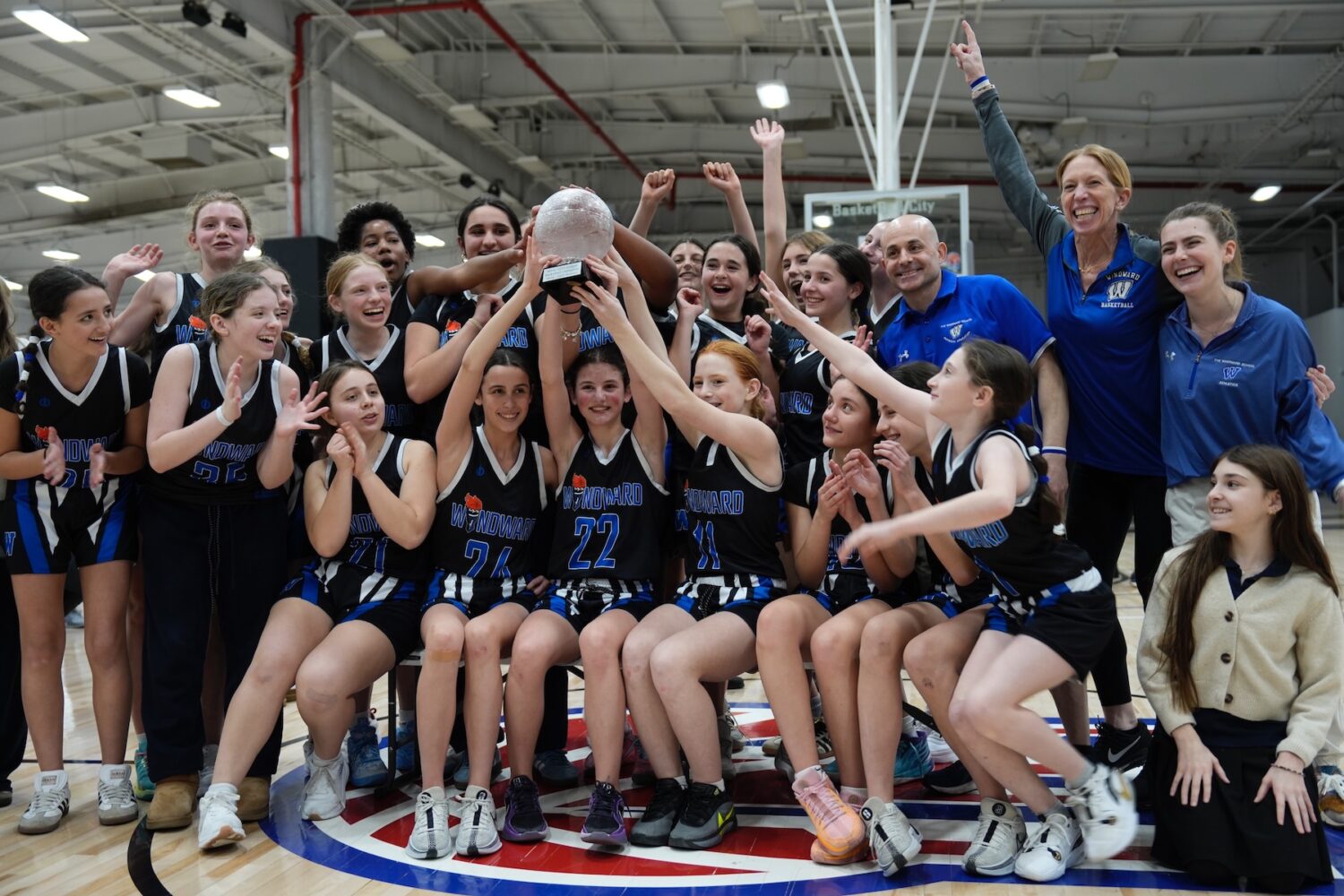On Wednesday, April 26, 2017, nearly 500 people attended the annual Robert J. Schwartz Memorial Lecture presented by internationally recognized neuroscientist Dr. Guinevere Eden. In her presentation on “Decoding the Reading Brain: Lessons from Brain Imaging,” Dr. Eden described how she and her colleagues were the first to apply functional MRI (fMRI) to the study of dyslexia, and they have since used this brain-imaging technology to visually map the functions of the brain. Advances in brain imaging technology have enabled researchers to use non-invasive tools to understand the cognitive processes for language and reading acquisition. While fMRI scans have broadened our understanding of dyslexia, they have also helped neuroscientists discover the positive results of effective intervention to remediate dyslexia.
Dr. Eden’s research has significantly contributed to mapping the reading brain as well as understanding the neural correlates of dyslexia. At the lecture, she shared studies that show the differences in language and reading acquisition across different writing systems and oral languages. She also shared other studies that demonstrate how brain activity changes based on the age of when a person learns to read. For example, as young children learn how to read, the studies show increased activity in the area of the brain related to phonological awareness. These brain images have shown distinct differences in brain mapping based on a person’s native language, writing system, and level of reading development.
In dyslexia research, brain imaging has been integral in supporting and expanding existing behavioral studies. Dr. Eden presented many fMRI studies that charted differences in the reading brains of people with and without dyslexia. According to brain imaging studies of people with dyslexia, certain areas of the brain are under-activated during reading tasks. More recently, other brain imaging studies have shown that people with dyslexia also exhibit under-activated areas of the brain during mathematical procedures tasks.
Neuroscientists have also used brain imaging to demonstrate how effective interventions and instructional practices have changed the brains of struggling and pre-literate readers.In various studies of adults and children with dyslexia, fMRI imaging showed that new areas of the brain were activated after an intensive, structured, and multisensory intervention, demonstratingfurther evidence of neuroplasticity in the brain. Therefore, Dr. Eden emphasized the importance of seeking early intervention for struggling readers. Although brain imaging is not intended for individual diagnosis, aggregated findings from participants across a multitude of studies have provided new insights for neuroscience and education. Future brain imaging research and collaboration between scientific institutions and educational communities will continue to deepen our understanding of dyslexia and the developing reading brain. – Danielle Scorrano, The Windward School Research Associate







